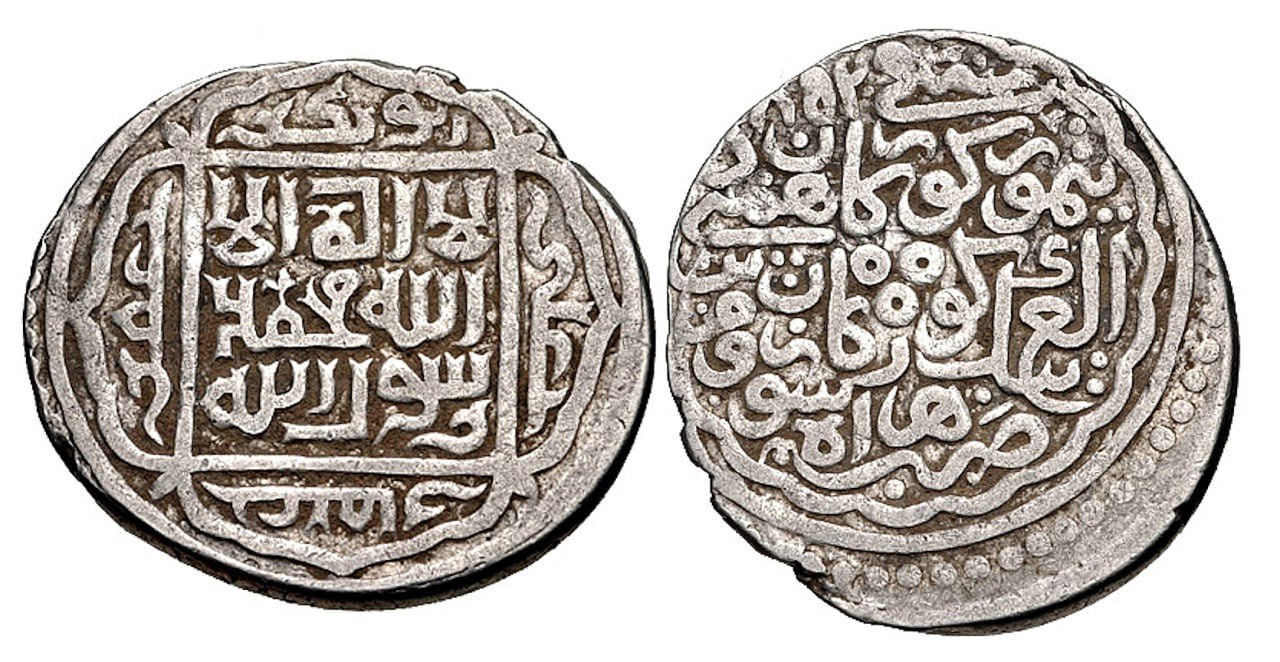Coins that received the name “Fair money”
🔴 Why were the coins of Mirzo Ulugh Beg’s era called “Fair money”?
🔴 In what language were the inscriptions on Ulugh Beg’s coins written, and what is their significance?
🔴 Where were Mirzo Ulugh Beg’s coins discovered in 2023, and what became of them?

In the numismatics section of the Center of Islamic Civilization in Uzbekistan, coins from the Timurid period also hold a place.
Muhammad Taraghay Mirzo Ulugh Beg (1394–1449), alongside being a major statesman, historian, and scholar, also left a profound mark as a reformer. Serving as the deputy of his father, Shah Rukh Mirzo, in Samarkand, he ruled over Movarounnahr for nearly forty years. In the final two years of his life, he succeeded his father and transferred the capital from Herat to Samarkand.
During Mirzo Ulugh Beg’s reign, economic reforms were introduced, improving the weight, quality, and value of coins. Copper coins minted in his name were superior in quality, heavier, and purer than previous ones. Because of this, they became popularly known among the people as fulus-i adliyya - “fair money”
Today, copper, silver, and gold coins minted in the name of Mirzo Ulugh Beg are preserved not only in Uzbekistan but also in museums and private collections worldwide. In March 2023, more than 500 coins from Ulugh Beg’s era were discovered on the banks of the Topalang River in Sariosiyo district, Surkhandarya region, further increasing interest in this historical legacy. These coins were studied by specialists and handed over to the Termez Archaeological Museum.
One of the most remarkable aspects of Ulugh Beg’s coins is that their inscriptions were written in the Turkic language. On one side of the coin is the phrase “La ilaha illallohu Muhammadur Rasululloh” (There is no god but Allah, and Muhammad is the Messenger of Allah). On the other side appears an inscription in Old Uzbek: “Amir Temur Kuragon himmatidin Ulugh Beg Kuragon so‘zumuz” (By the endeavor of Amir Temur Kuragon, Ulugh Beg Kuragon is our word). The coin also records the date of minting the year 852 AH (1448–1449 CE) along with the city name Herat.
These coins are not only part of the economic life of their time but also a highly valuable cultural and historical heritage. Through them, we gain insight not only into the economic reforms of Ulugh Beg’s era but also into the use of the mother tongue in inscriptions and the significance of state symbols in that period.
Most read

Over 100 experts from more than 20 countries of the world are in Tashkent!

President of Serbia Aleksandar Vučić visited the Islamic Civilization Center in Uzbekistan

The Center for Islamic Civilization – a global platform leading towards enlightenment











